Glacier Ice – The Facts Behind Vibrant Colors
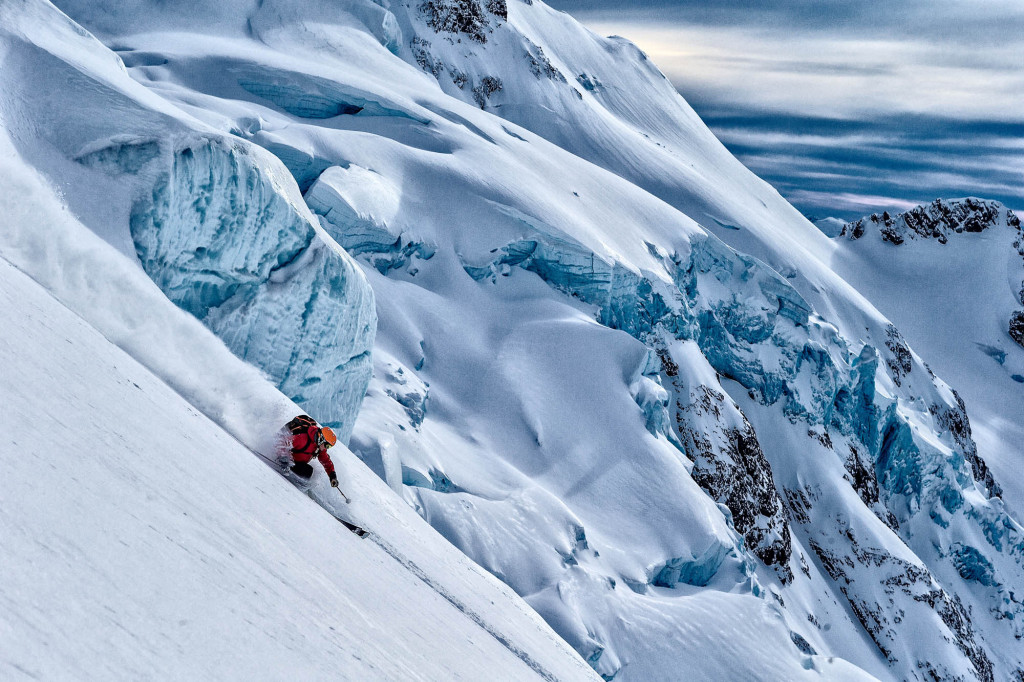
Winter adventures in the mountains almost always mean white dusted trees and snow-capped mountaintops — but one other color that stands out in the minds of many is the vibrant blue found in glaciers. Ranging from cobalt to dark turquoise, glacial ice is absolutely breathtaking – and is truly a sight that many will never forget once they have seen it in person. But there is one question that most people don’t know the answer to: Why is glacier ice such a vibrant color of blue?
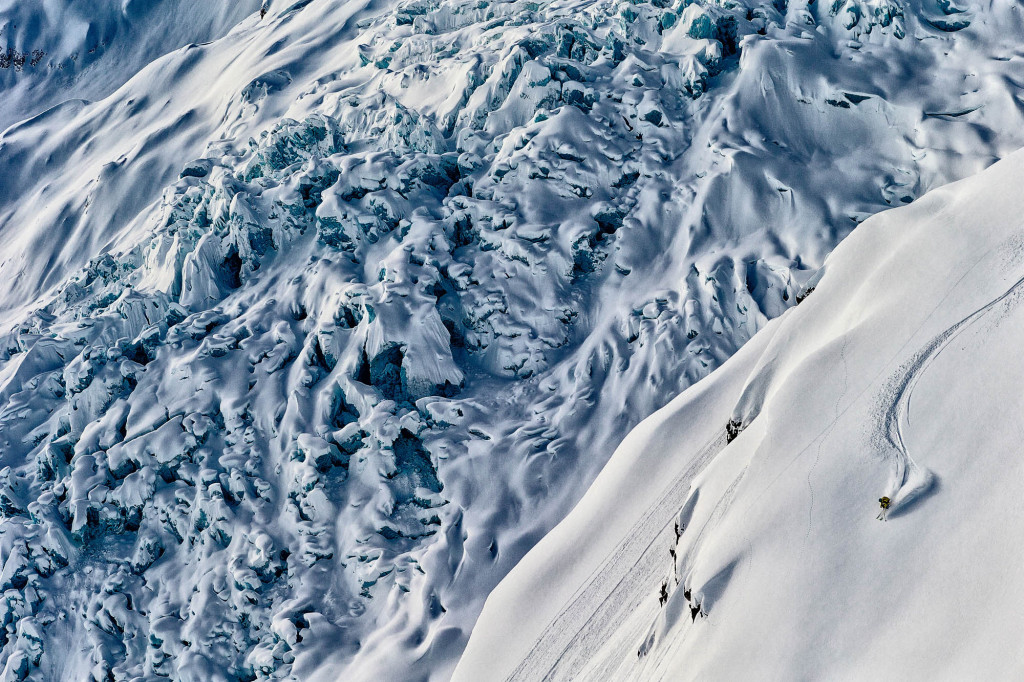
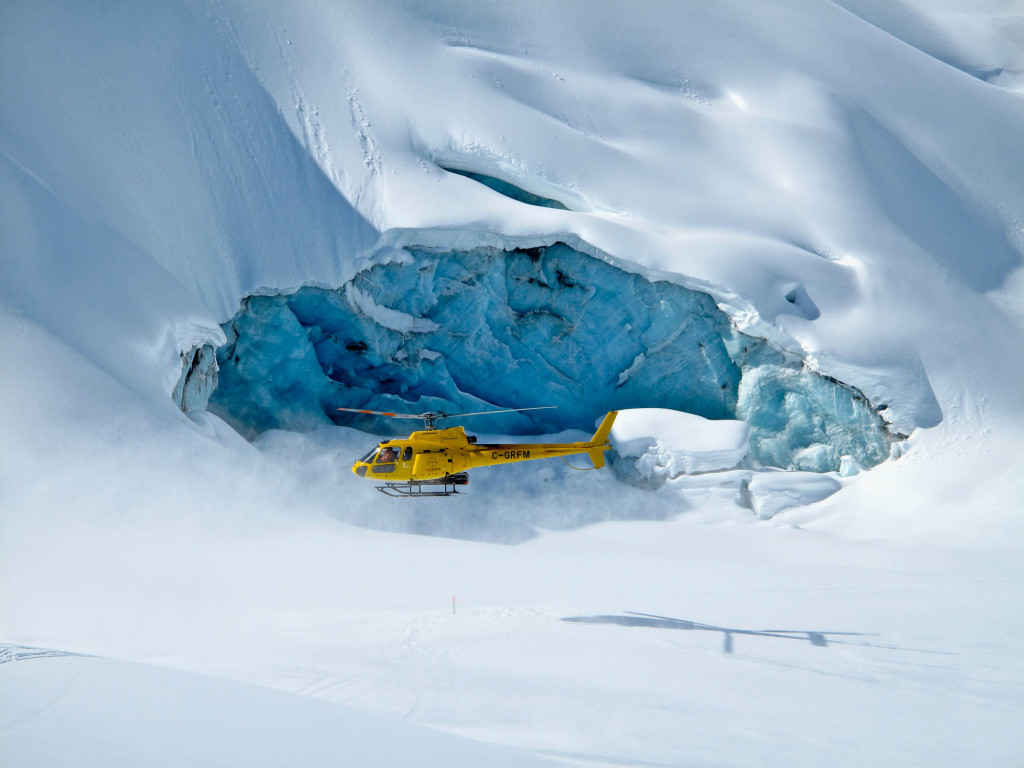
For starters, ice has a very high-density level. This in part allows glaciers to absorb every color of the spectrum (yellow, red, orange), except for blue. The Tyndall Effect (or Rayleigh Scattering) can explain this phenomenon a bit further. As the light from the sun shines onto the ice, the crystals within the ice absorb the colors with longer wavelengths (yellow, red and orange) from the visible spectrum. Blue (which has shorter wavelengths) passes through the glacial ice instead of being absorbed by the crystals. These crystalline structures (air bubbles) found within the glacial ice scatters this blue light into the glacier. The further the light travels, the darker (and more intense) the color of blue will appear to the naked eye.
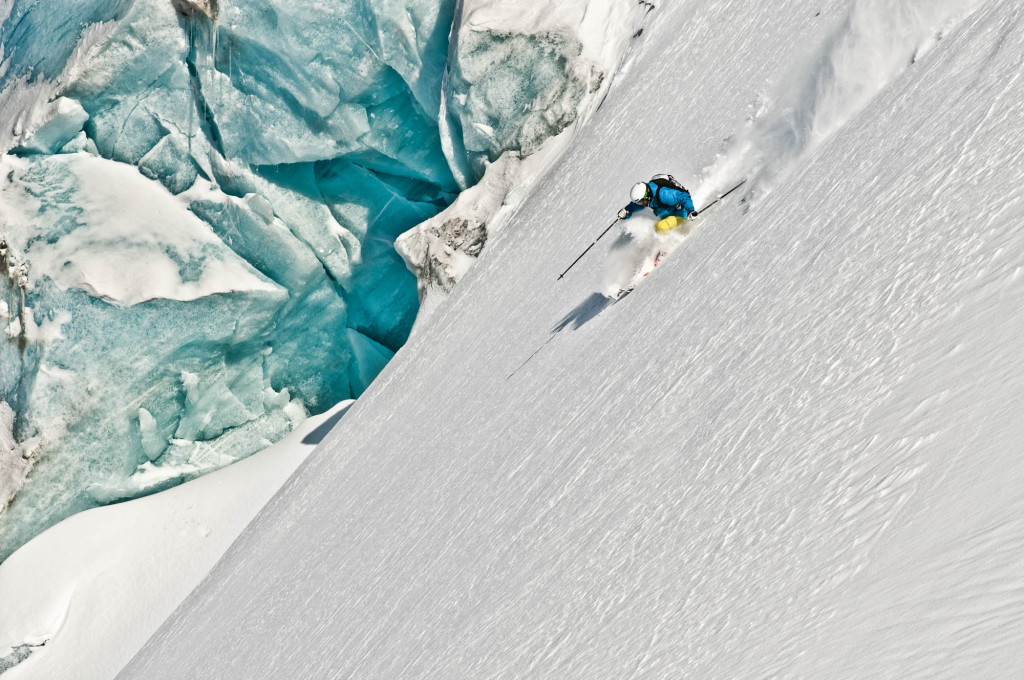
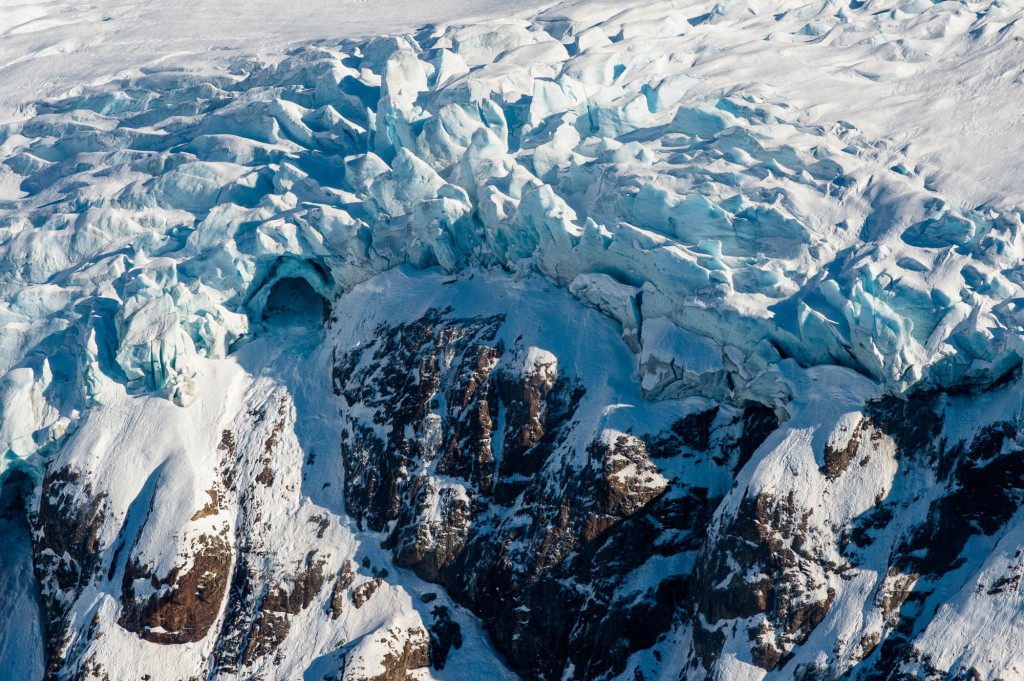
But how does the light travel far enough to create the dark blue color when it is constantly being scattered by the ice crystals (air bubbles) within the glacier? Fact: glacial ice is filled with a very large amount of air bubbles. That being said, the older the glacier, the more compressed it is – and the less air bubbles are present. This is due to the ice and layers melting and refreezing countless times. When this warming, then cooling occurs, air bubbles are eliminated. When there are less air bubbles within the ice, less light rays are scattered (and more are likely to be absorbed) which promotes the deep, vibrant blues seen in glacial ice all around the world.


